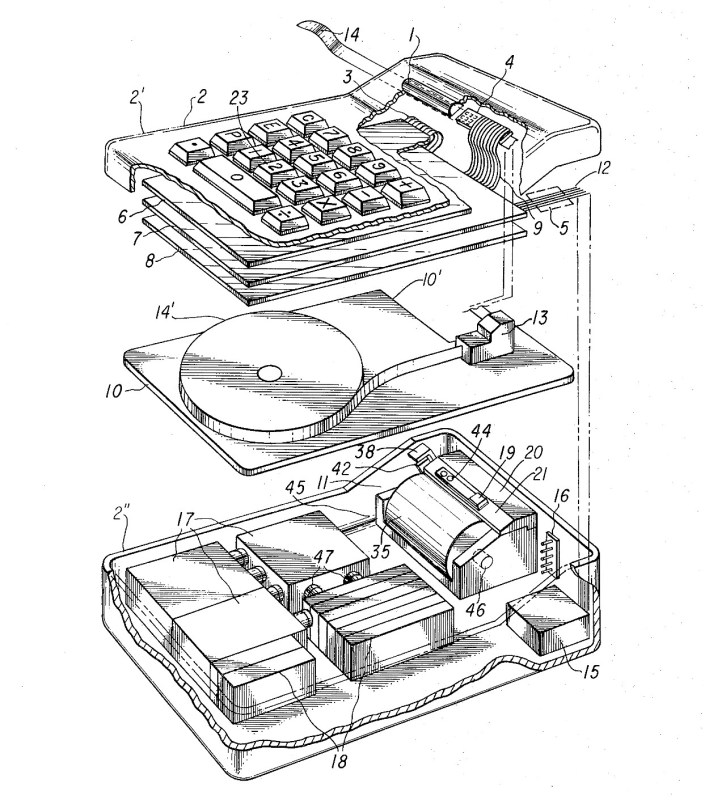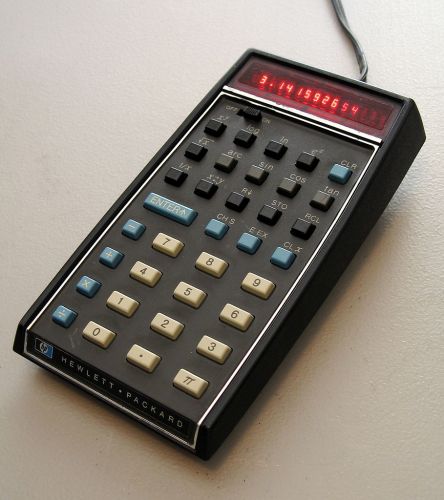It was autumn of 1965 when Patrick Haggerty and Jack Kilby from “Texas Instruments” sat in an airplane and Haggerty first mentioned about his idea to create a so called “number cruncher” that could fit in a hand. This was a colossal test and since then the “number cruncher” was of the span of typewriters and connected to the power plug using their energy. Kilby, who’d co-designed the circuit only seven years sooner to that, while working at “Texas Instruments”, lived the life to take care of those issues then. When they landed, Kilby had mentioned they should think of a calculating machine that could fit in your pocket, to be created and sold for the price less than $99, and could include, subtract, increase, partition and possibly do square roots. He picked the code name “Project Cal Tech”, for this undertaking, which appeared to be sensible as “Texas Instruments” had previously had a Project “MIT”. During that time, the number crunchers kept on picking up usefulness. In 1974, HP turned out with their first programmable adding machine “HP-65”. It had 100 capacities and put away other projects. Later in 1978 an organization called “Calculated Industries” discharged number crunchers. At that point later came the “Construction Master” with modified capacities for pitch, rise, run, feet-inch transformations and that’s only the tip of the iceberg. In the 1990s “Texas Instruments” turned out with the TI-81, a well known diagramming number cruncher for polynomial math and precalculus courses and power by a Zilog Z80. Thus, one single flight has changed the world and the minds of millions of tech geeks.

